meccaniche Regole del cavallo in combattimento
-
Contenuto simile
-
- 3 risposte
- 122 visualizzazioni
-
- 47 risposte
- 982 visualizzazioni
-
- 10 risposte
- 282 visualizzazioni
-
- 7 risposte
- 195 visualizzazioni
-
- 2 risposte
- 177 visualizzazioni
-

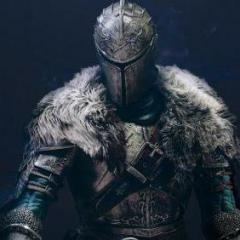

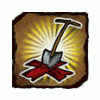
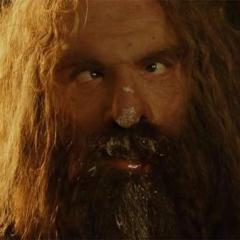
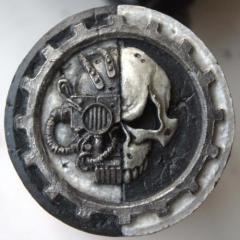

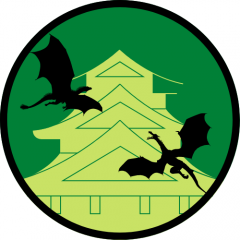

Messaggio consigliato
Crea un account o accedi per commentare
Devi essere un utente registrato per poter lasciare un commento
Crea un account
Crea un nuovo account e registrati nella nostra comunità. È facile!
Registra un nuovo accountAccedi
Hai già un account? Accedi qui.
Accedi ora